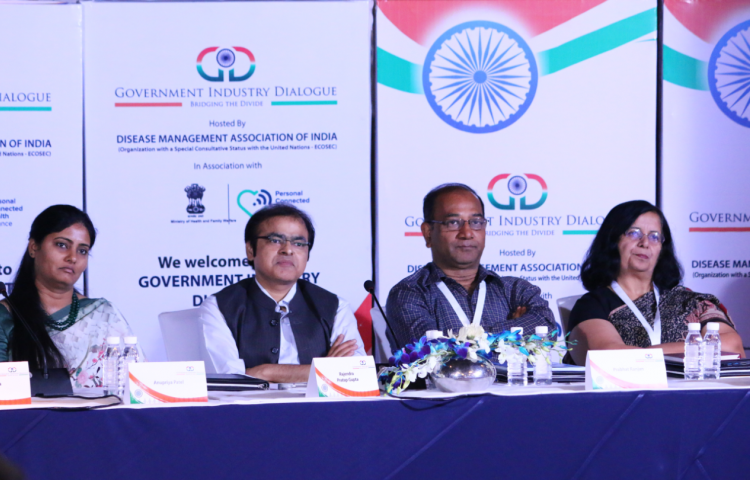
India is Serious about Digital Health and Standards
Since India's national election of 2014, the government is showing great energy, pursuing aggressive agenda of social and economic reforms. Regarding healthcare, there are plans for nationwide universal health care insurance, including coverage of drugs, diagnostics, and treatments for serious ailments, to be rolled out by 2019. Universal healthcare for 1.3 billion people: this is unprecedented in scale.
Many of India’s reform projects make critical use of information technologies. In 2016, every Indian resident, as part of the Aadhaar project, was equipped with a 12-digit unique-identity number using biometric and demographic data, and as of June 2017, more than 99% of adults are enrolled.
Importantly, the Indian government recognizes the role of standards for the transmission of information in promoting the efficiency of healthcare delivery and other sectors. For example, healthcare providers setting up electronic systems for the storage of health information need to follow a uniform Indian standard, launched by the government in 2013. In May 2015, the Ministry of Communications and Information Technology issued a report cataloguing the relevant standards for remote health management, which includes the Continua Design Guidelines published by the Personal Connected Health Alliance.
In April 2017, the PCHAlliance and the Disease Management Association of India (DMAI) convened a high-level government industry dialogue to discuss what is needed to integrate personal connected health devices (including medical devices) with the Indian health system. More than 60 policymakers, industry representatives and stakeholders convened in Delhi for a one-day workshop presided by Union Minister of State for Health & Family Welfare, Anupriya Patel.
Several participants made the case for the potential of personal connected health solutions to transform the delivery of healthcare. Several government officials expressed their keen interest in harnessing that potential to make healthcare delivery more efficient and effective. There was even a suggestion to configure the Aadhaar number and database so that it can store health information as well (though the legal and privacy rules for Aadhaar make this impracticable). In the end, there was agreement that there is a critical role for the government in setting the framework if the potential of personal connected health is to be realized.
This includes standards. If the market will not come up with the standard, then the government may need to step in. The Indian government may give Continua Guidelines a push, similar to what the Nordic governments have done in Europe. In May 2017, the Indian government invited PCHAlliance to formally join the Bureau of India Standards’ Health Informatics Sectional Committee “MHD 17.” In this role, PCHAlliance will be a voting member, when critical decisions are made about personal connected health in India.




